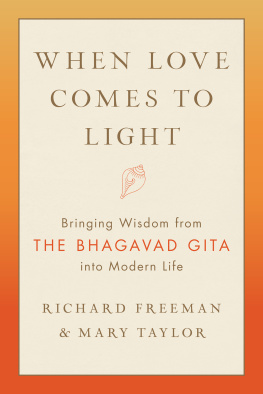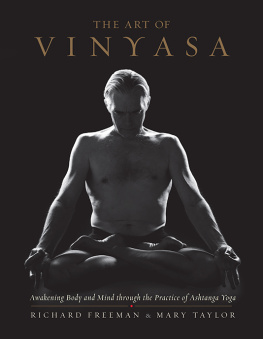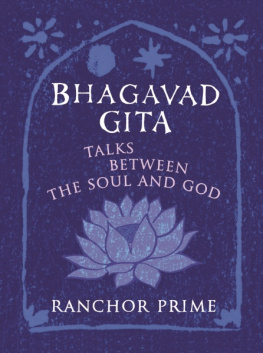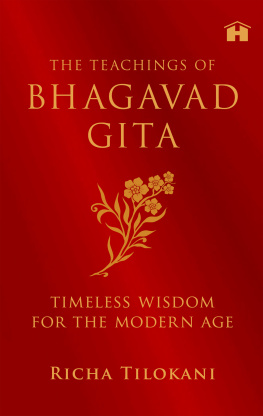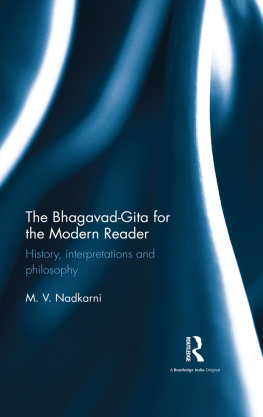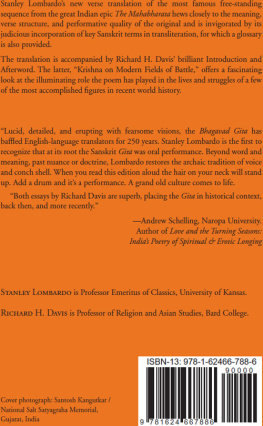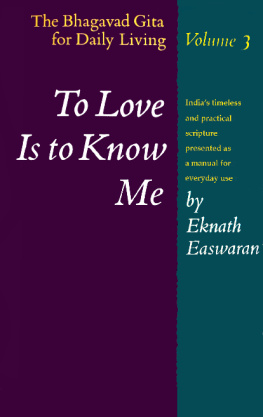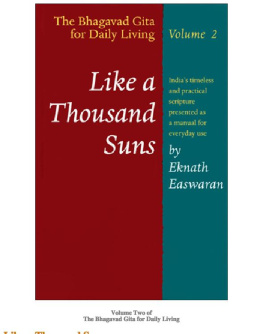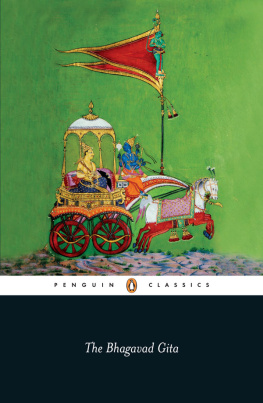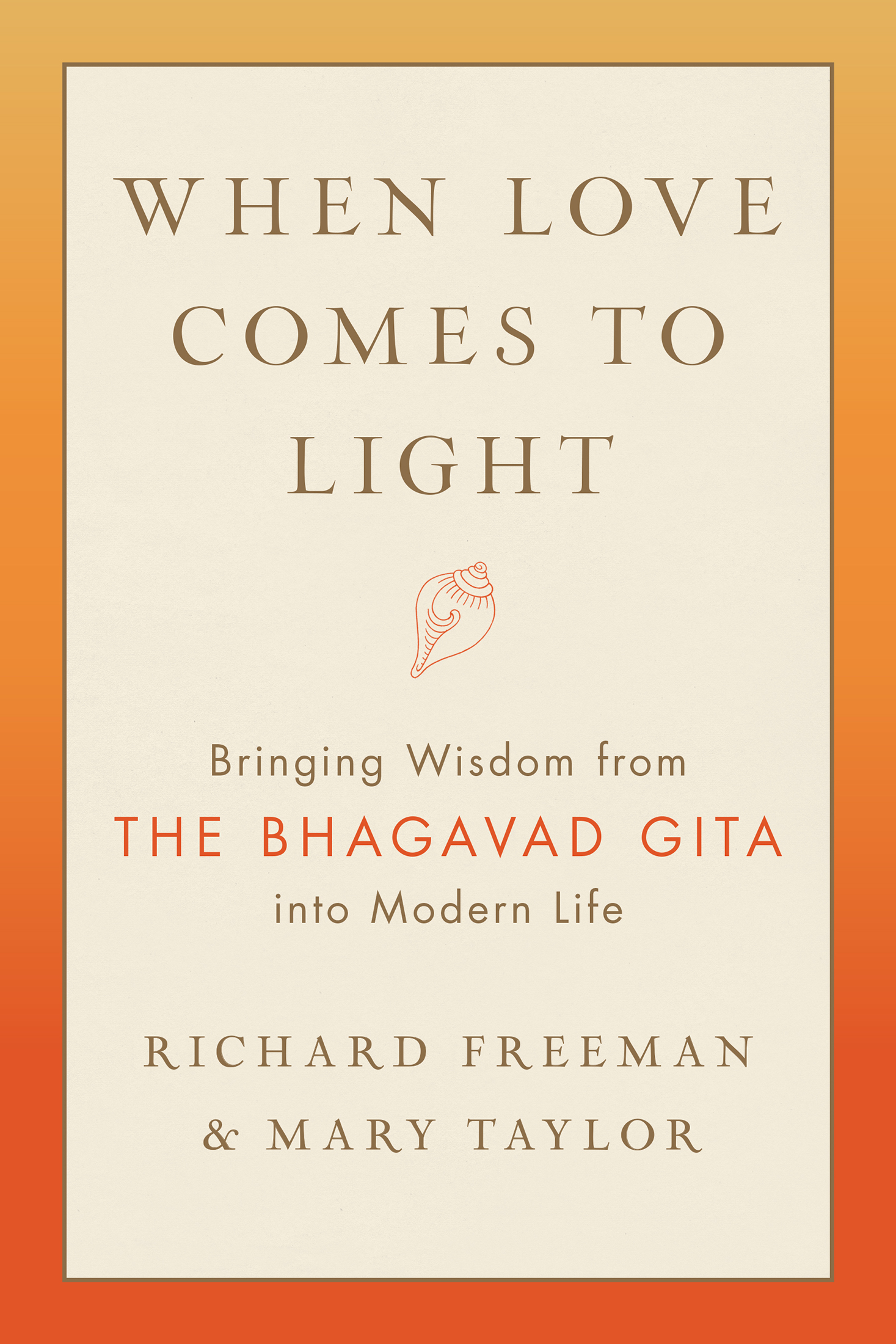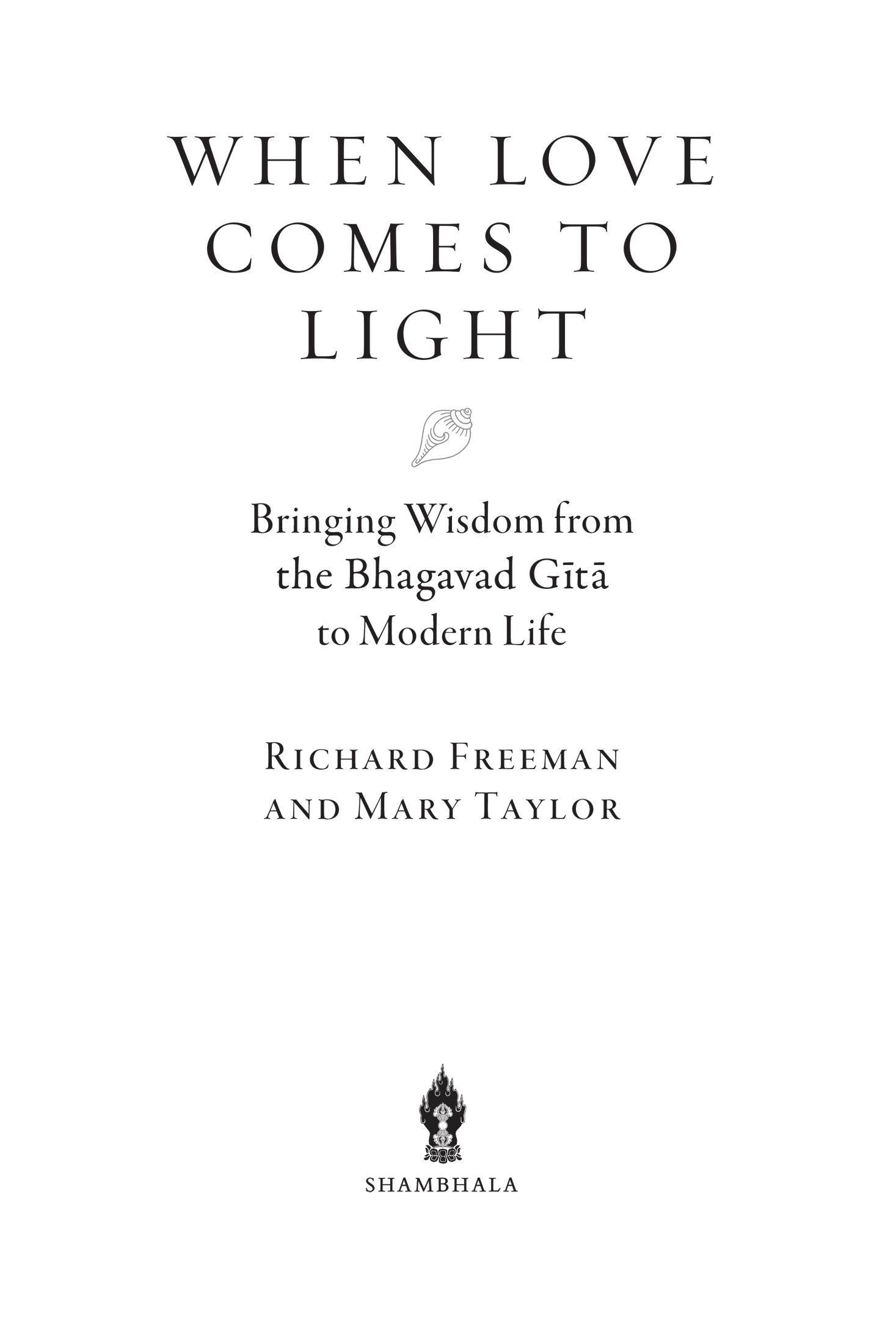Contents
Landmarks
Print Page List
A LSO BY R ICHARD F REEMAN AND M ARY T AYLOR
The Art of Vinyasa: Awakening Body and Mind through the Practice of Ashtanga Yoga
A LSO BY R ICHARD F REEMAN
The Mirror of Yoga: Awakening the Intelligence of Body and Mind
A LSO BY M ARY T AYLOR
WITH LYNN GINSBURG :
What Are You Hungry For?
Women, Food, and Spirituality
New Vegetarian Classics: Soups
New Vegetarian Classics: Entrees
Shambhala Publications, Inc.
4720 Walnut Street
Boulder, Colorado 80301
www.shambhala.com
2020 by Richard Freeman and Mary Taylor
Cover art: Robert Beer
Book design by Steve Dyer, adapted for ebook
All rights reserved. No part of this book may be reproduced in any form or by any means, electronic or mechanical, including photocopying, recording, or by any information storage and retrieval system, without permission in writing from the publisher.
L IBRARY OF C ONGRESS C ATALOGING - IN -P UBLICATION D ATA
Names: Freeman, Richard, 1950 author. | Taylor, Mary (Yoga teacher), author. Title: When love comes to light: bringing wisdom from the Bhagavad Gt to modern life / Richard Freeman and Mary Taylor.
Description: First. | Boulder: Shambhala, 2020.
Identifiers: LCCN 2019056555 | Trade Paperback ISBN 9781611808179
eISBN 9780834843295
Subjects: LCSH : BhagavadgtCommentaries. | Yoga. | Religious lifeHinduism. | Lifestyles.
Classification: LCC BL 1138.67 . F 74 2020 | DDC 294.5/44dc23
LC record available at https://lccn.loc.gov/2019056555
a_prh_5.6.0_c0_r0
Dedicated to dialogue and endless inquiry in service to others.
CONTENTS
INTRODUCTION
W HAT DOES IT MEAN to be human in the twenty-first century? Extremes are surfacing throughout the world, and there are schisms between the rich and poor, the educated and uneducated, and the healthy and those unable to access medical care. There are deep divides and internal conflicts within and between nations, religions, genders, and even closely knit families. Due to improved technology we are more able to communicate and physically connect than ever before, yet paradoxically, many of us feel an overwhelming sense of isolation that is combated only by perpetuating, through social media, a sort of personal propaganda as to how clever, how special, and how above average we are. Mountains of information are readily available; however, knowing whose word to trust is becoming more and more difficult with the ever-increasing presence of those possessing a shameless desire and willingness to stretch the truth or deceive others for personal gain. Perhaps one day we will look back and see this as the age of extremes that catapulted us into a new age of insight because beneath this chaos and separatism, woven into the strands of divisiveness that seem to be tearing us apart, there is also a palpable craving for connectedness, truth, and sustainability.
The funny thing is that, even though we may fear that the world has plummeted into the darkest time in historyas some days it does indeed feel that wayin many ways, our modern time isnt that different from life at any other point in history. There have always been tricksters and thieves, saints and sinners, and those gliding through life on waves of complacency and ignorance alongside others fervently searching for meaning and truth. Human suffering, and equally, hope and kindness, are nothing new. Granted, the particulars have changed, but the underlying difficultiesand joysof being on this remarkable planet, in this extraordinary human form, are pretty much the same today as theyve always been.
Were born. We think were the center of the universeand in some ways we are. We find our selves and begin to feel whole. But then one day most of us have the rude awakening that there are countless others out there who also think they are the center of creation. A seed of doubt about our own omnipotence and importance is planted: How can this be? But we shrug it off when our own habitual thought patterns and storylinethe insufferably boring-to-everyone-else Story of Mecome solidly back into focus. We struggle, we question, we suffer, we laugh, and we love. We have great insight and good fortune, feeling terrific as our ego swoops in to claim credit for successes and to rationalize oversights and failures. When things dont go according to plan, perhaps we do get angry, closed-minded, or stubborn. We may dip our toe into the streams of avoidance, denial, or experimentation, testing waters from one end of the spectrum of life to the other until we become nauseous from the aftereffect of swinging in our isolated biosphere on the pendulum of impulse and ill-planned dreams. When things get particularly severe, we may even abandon it all, turning the whole operation over to a parental figurehead, drugs, a confidence trickster, a system, or a formula that we find in a disparate moment of disconnect.
But if were lucky, at some point in there we begin to wake up. We experience the paradox of living alone encased in the sack of skin we call me while simultaneously recognizing the immeasurable beauty of being an integral part of a limitless, interconnected, finely tuned web of existence. Quite by accident we taste the nectar of trusting the process of life with an open heart and open mind, realizing that we are the center, yet part of a unified whole. Separate, but not separate at all. The prospect of waking up and moving through and beyond our own self-absorption and suffering is alluring. It is confusing, inspiring, and challenging all at once. If we dont take the dare, we are likely to suffer even more and in not waking up are prone to doing harm to ourselves and to others. In either case, awake or sleepwalking through life, we are part of the kaleidoscoping pattern of birth, life, and death and the inherent internal chaos that is the human condition. The same today as it was in the time of Homer and as it will be into the foreseeable future.
As unsettling as the inner turmoil may be, it is quite possible to find a path to follow that will quell our seeds of discontent. The passageway toward freedom from suffering turns out to be a process of learning to trust and let go of habitual patternings of mind, perception, and emotion that keep us trapped in loops of self-absorbed separation. Our burning desire to be happy is the key and can be the impetus we need to get us rolling. Deciding its time we find our way out of suffering is the very first step we must take and when we do, we discover in an instant that the path is right at our fingertips. It all begins with the sincere intention to relentlessly cultivate compassion, to sharpen our capacity for discriminating awareness, and to honestly desire to free all others from suffering as well.
It is nothing new for humankind to crave this kind of freedom. Religions and great thinkers have contemplated happiness since the beginning of time. Wars, monarchies, cultural norms, dogmas, and traditions have arisen from generations of pursuing this very question of what it is to be in this embodied human condition. So, too, mythological imagery and intricate stories, poignant poetry and brilliant hymns have flowed forth because always there have been the dreamers and the mystical thinkers of the time; those who dare question and risk waking up.

